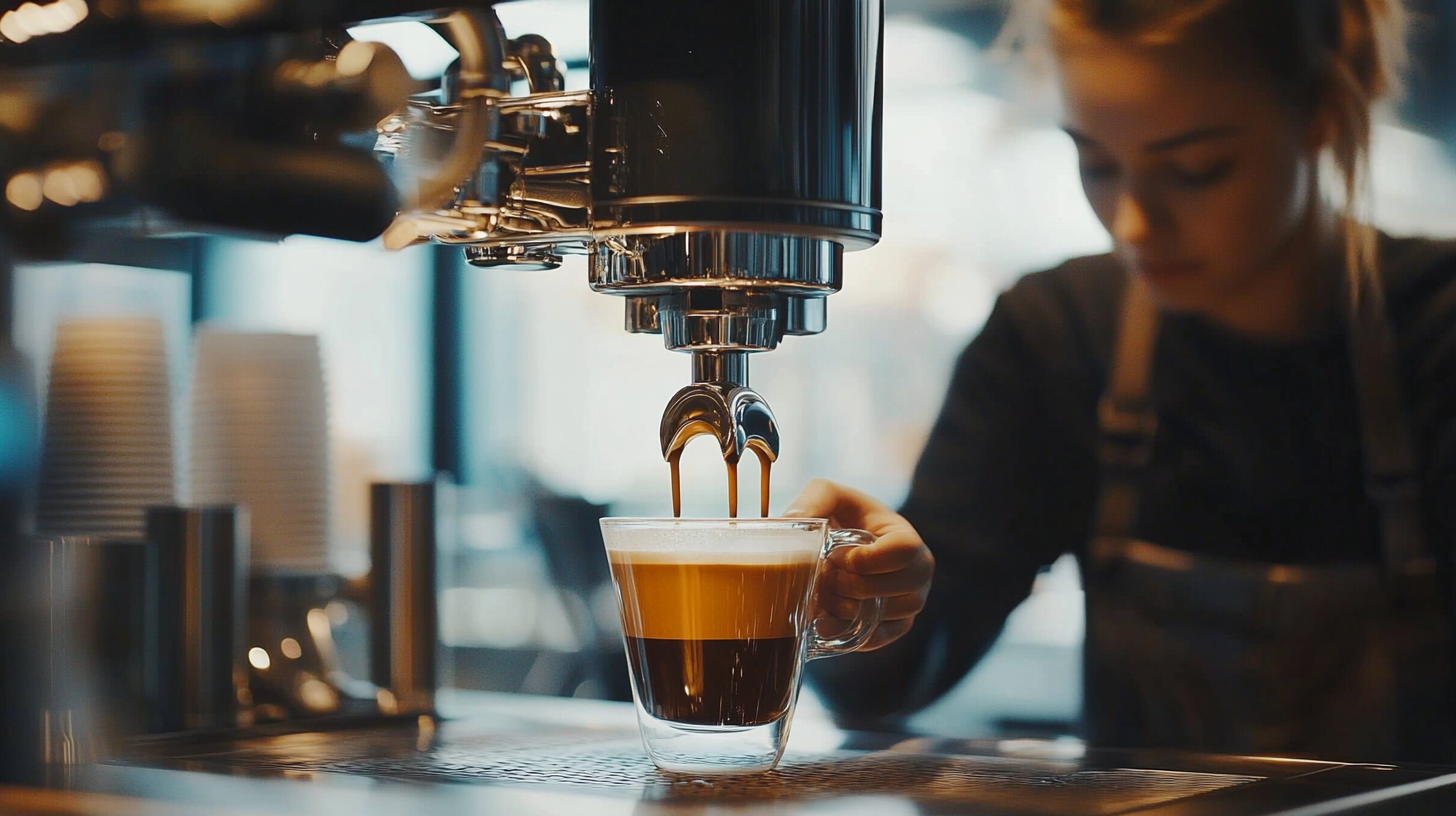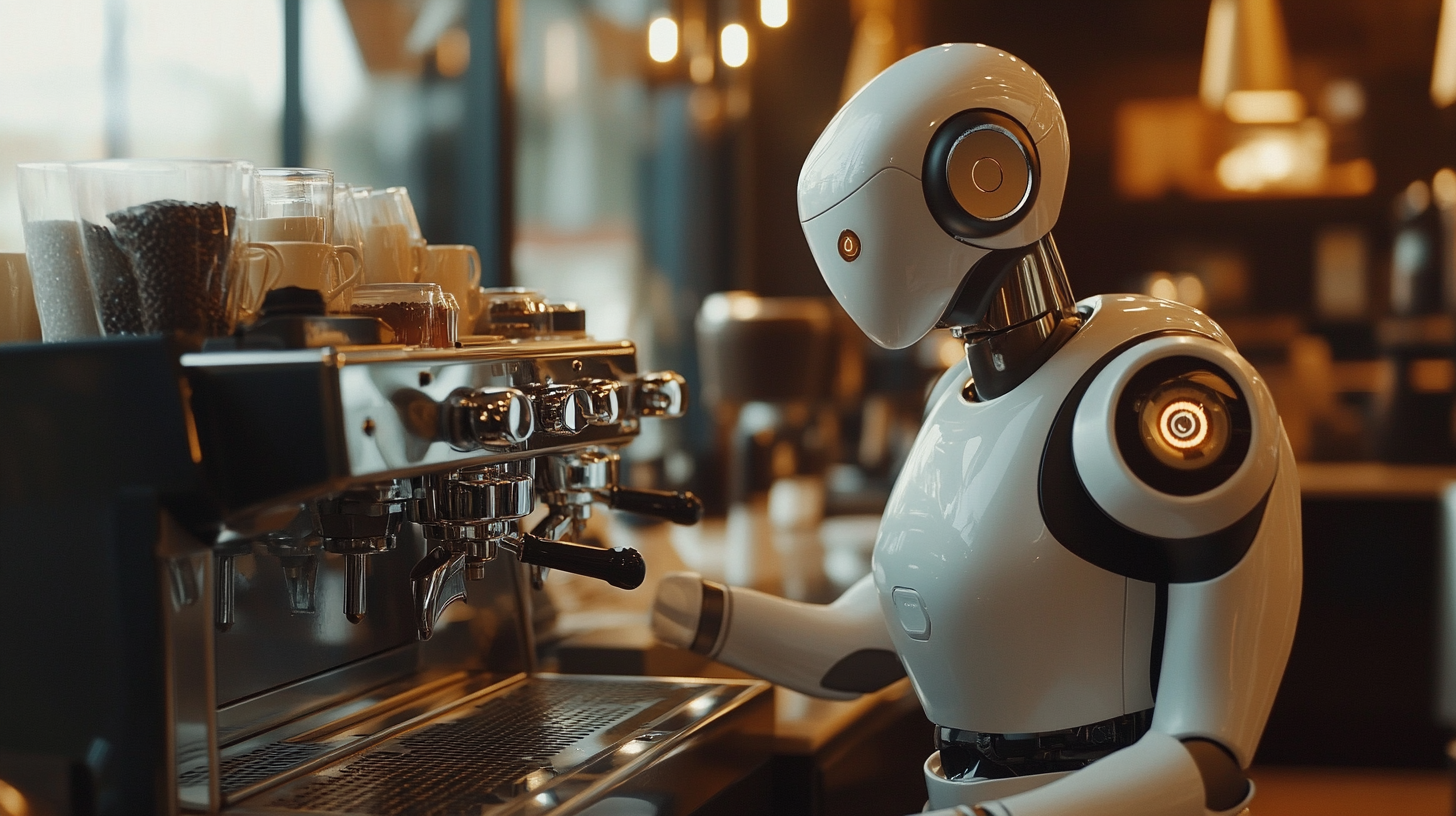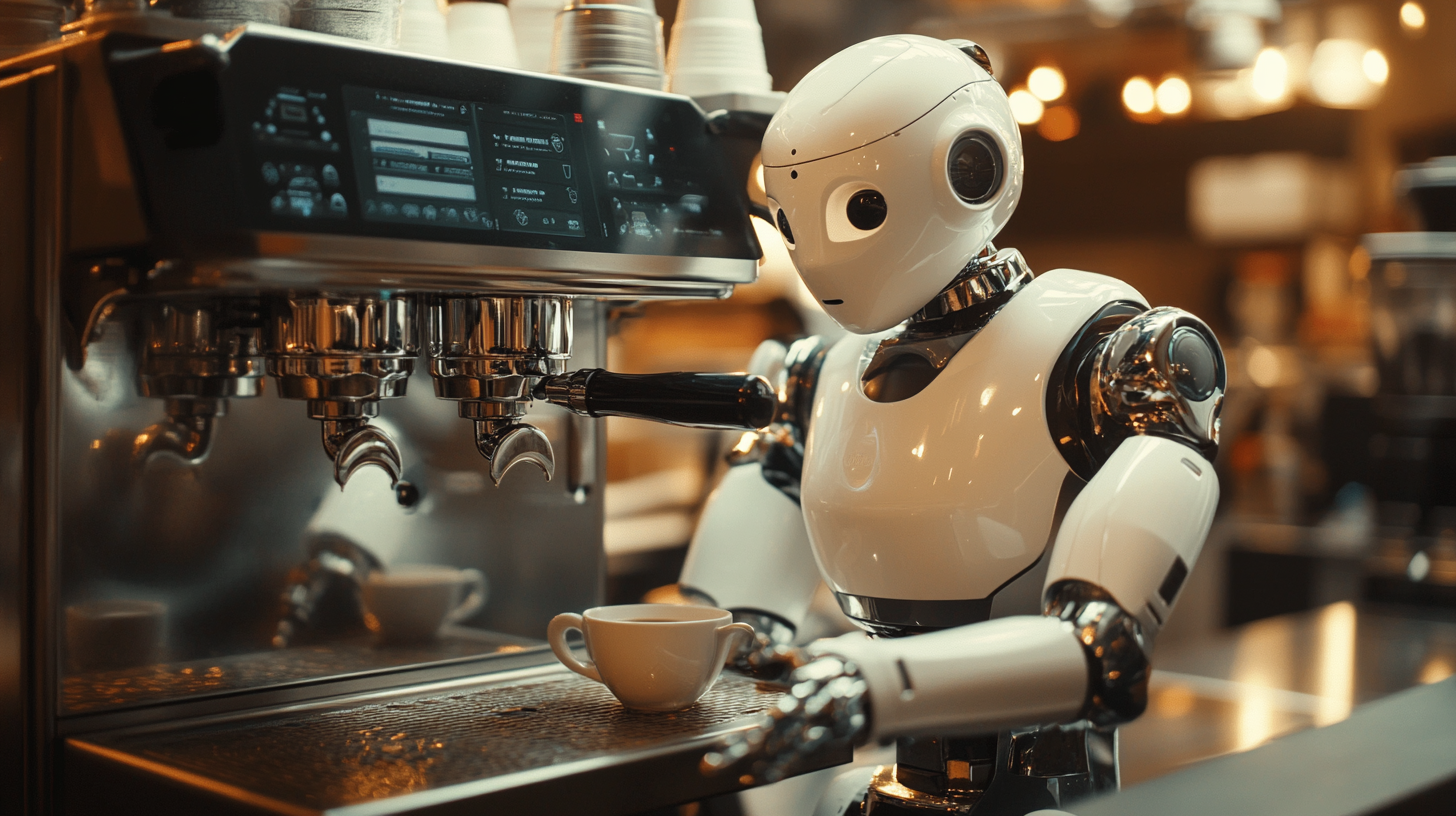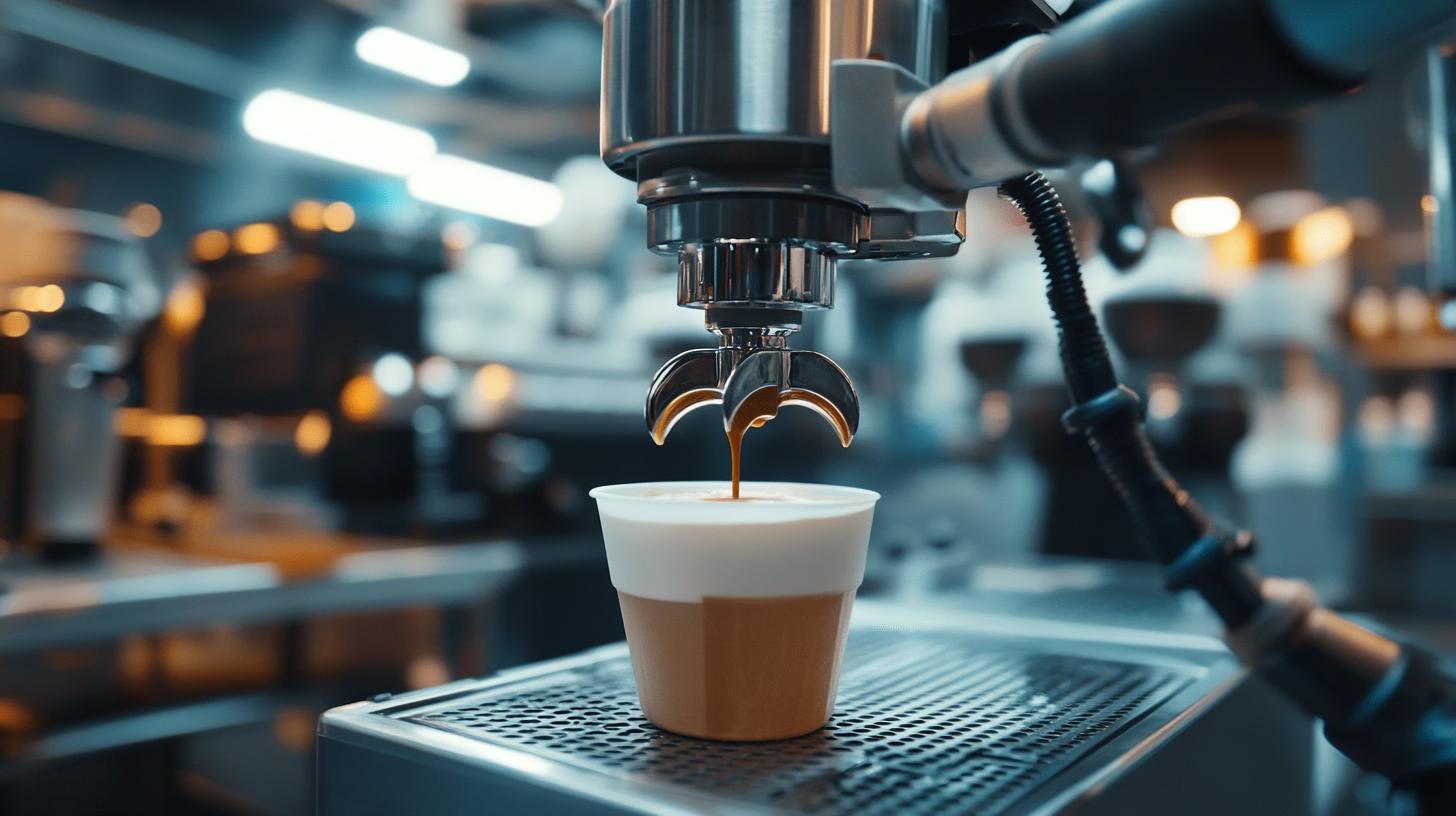Challenges with Integrating The Robot Coffee Machine into Your Business Workflow
Integrating new technology into a business workflow can be both exciting and daunting, especially when it comes to products like The Robot Coffee Machine. As companies increasingly look for automation to enhance efficiency and offer unique experiences, the introduction of such innovative equipment poses a unique set of challenges. From technical compatibility with existing systems to user acceptance among employees, the transition to using The Robot Coffee Machine is not simply a matter of plugging in and enjoying fresh coffee.
In this blog, we will delve into the specific hurdles businesses face when incorporating The Robot Coffee Machine into their daily operations. By examining factors such as training requirements, maintenance needs, and the overall impact on workplace culture, we aim to provide valuable insights that can help organizations overcome these challenges. Understanding these obstacles is crucial for any business looking to optimize their workflow and elevate their office coffee experience through automation.

Identifying Key Workflow Areas for Robot Coffee Machine Integration
Integrating a robot coffee machine into your business workflow can present unique challenges, particularly when identifying the key areas it can enhance. The primary objective should be to streamline operations while adding value to customer experiences. This process starts with a thorough assessment of existing workflows to pinpoint segments where automation can make a difference. For instance, in a fast-paced office environment, a robot coffee machine can significantly reduce the time employees spend waiting in line for their caffeine fix, thereby increasing productivity. Understanding the nuances of employee habits and preferences is essential. This means gathering data on peak hours of coffee consumption and determining how a robot coffee machine can seamlessly fit into those routines. Additionally, careful consideration must be given to the machine's interactions with other automated systems in place, ensuring that integration is smooth and that it complements existing processes. For example, just like robotic solutions are being developed to tackle the container unloading problem in logistics, a well-designed workflow around the coffee machine can alleviate bottlenecks in workplace efficiency. Moreover, every workplace has a distinct culture, and it’s crucial to ensure that your robot coffee machine aligns with and enhances this culture. Creating an engaging and convenient coffee experience can foster a sense of community among employees. As businesses consider implementing robotic solutions, they must remain focused on the human aspect of these integrations to maximize their positive impact and ensure that technology serves to enhance, rather than replace, the workplace dynamics.

Understanding Technical Limitations and Compatibility Issues
Integrating a robot coffee machine into your business workflow promises a modern and efficient upgrade, but it’s essential to understand the technical limitations and compatibility issues that may arise. Many businesses are eager to adopt such innovations, yet they often encounter unexpected hurdles during the integration phase. For instance, existing workflows might not align seamlessly with the automated processes of the coffee machine, leading to delays and inefficiencies.
One major challenge is ensuring that the robot coffee machine is compatible with your current infrastructure. This includes the software systems used for order management, inventory control, and even customer relationship management. If the machine cannot communicate effectively with these systems, implementation can result in confusion and frustration. Businesses must carefully assess whether their IT environment can support the new technology, which often involves updates or overhauls of existing systems.
Moreover, there are technical limitations inherent in the robot coffee machine itself. Factors such as brewing capacity, maintenance requirements, and the need for specific coffee bean types can significantly impact operations. It is crucial for businesses to conduct thorough research and engage in discussions, like those at OPPO’s OTalk, to gauge the real-world performance of such machines and collect insights from experts. Only by addressing these compatibility and technical issues can businesses fully benefit from the efficiencies promised by robotic automation in their coffee service.

Assessing Staff Training Needs for Seamless Operation
Integrating a robot coffee machine into your business workflow presents numerous opportunities for efficiency and innovation. However, one of the critical areas that often gets overlooked is staff training needs. Properly equipping your team with the right skills is essential to ensure seamless operations and maximize the technology's potential.
Firstly, understanding the mechanics of the robot coffee machine is crucial. Employees must be familiar with its features, maintenance requirements, and troubleshooting procedures. Comprehensive training sessions can help staff become confident in operating the machine, allowing them to handle various tasks without hesitation. This not only boosts productivity but also increases staff satisfaction, as they feel empowered to work with cutting-edge technology.
Additionally, it’s essential to focus on customer interaction training. While the robot coffee machine can automate the brewing process, human touch remains important in customer service. Staff should learn how to effectively communicate with customers about the machine’s capabilities, assist with orders, and manage any inquiries or concerns. This blended approach ensures that technology enhances the customer experience rather than detracting from it, creating a harmonious environment where both machines and humans contribute to a seamless workflow.

Evaluating Cost-Benefit Analysis of Integration
Integrating a robot coffee machine into a business workflow presents several challenges that require careful consideration of the cost-benefit analysis. According to a report by the International Journal of Advanced Robotics and Automation, the initial investment in robotic coffee machines ranges from $2,000 to $30,000, depending on the model and features. While the upfront costs can be significant, businesses must evaluate potential savings in labor costs and increased efficiency. Studies show that automating beverage preparation can reduce staffing needs by up to 25%, which translates to substantial wage savings over time.
Moreover, the operational efficiency gained through robot coffee machines can enhance productivity. A survey by the National Coffee Association found that 64% of employees feel more motivated and satisfied when high-quality coffee is readily available, leading to improved workplace morale. This could potentially reduce employee turnover and associated costs, further bolstering the financial viability of such integration. Businesses also need to consider the maintenance costs, which can average about $500 annually, as well as the potential for increased customer satisfaction through quicker service and consistent product quality.
In addition, organizations should examine how the introduction of robot coffee machines aligns with their overall customer service strategy. The workplace coffee culture plays a crucial role in employee engagement. According to a report from Workplace Insights, companies that prioritize a positive coffee experience see a 15% boost in employee productivity. Therefore, while the analysis might indicate high initial costs, the long-term benefits in employee morale and operational efficiency can illuminate a more favorable economic outlook for integrating this innovative technology into business workflows.
Gathering User Feedback to Optimize Workflow and Functionality
Integrating a robot coffee machine into a business workflow can be an exciting yet challenging endeavor. A crucial aspect of this integration process is gathering user feedback, which plays a vital role in optimizing the machine's workflow and functionality. By actively seeking input from employees who interact with the coffee machine daily, companies can identify pain points and areas for enhancement. This feedback loop not only improves the user experience but also fosters a sense of ownership among staff members, encouraging them to engage more positively with the technology.
User feedback can illuminate various aspects of the robotic coffee machine's performance. For instance, employees may express concerns about the speed of service during peak hours or the complexity of the user interface. Addressing these issues quickly—whether through software updates or hardware modifications—can dramatically increase the machine’s effectiveness in meeting the demands of a bustling workplace. Moreover, regular feedback sessions provide a platform for users to suggest new features, which can lead to innovative solutions that align with the organization’s goals.
Involving staff in the feedback process promotes a collaborative atmosphere, enhancing team cohesion. As employees see their suggestions being implemented, they become more invested in the machine's success and overall operational efficiency. This collaborative approach can transform the robot coffee machine from a simple convenience into a pivotal component of the workplace culture, ultimately driving both productivity and employee satisfaction.
